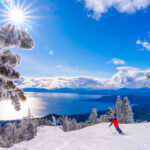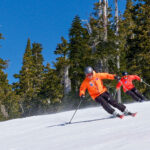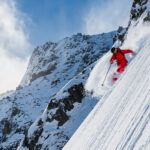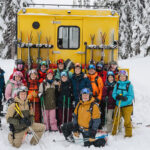It’s hard to believe it’s been five decades of stories and photos, people and places…recording our ski world as it’s grown, morphed and thrived. We hope you enjoy this random flip through the decades.
FROM SNOWPLOW TO SLARVE:
The Evolution Of Skiing Technique
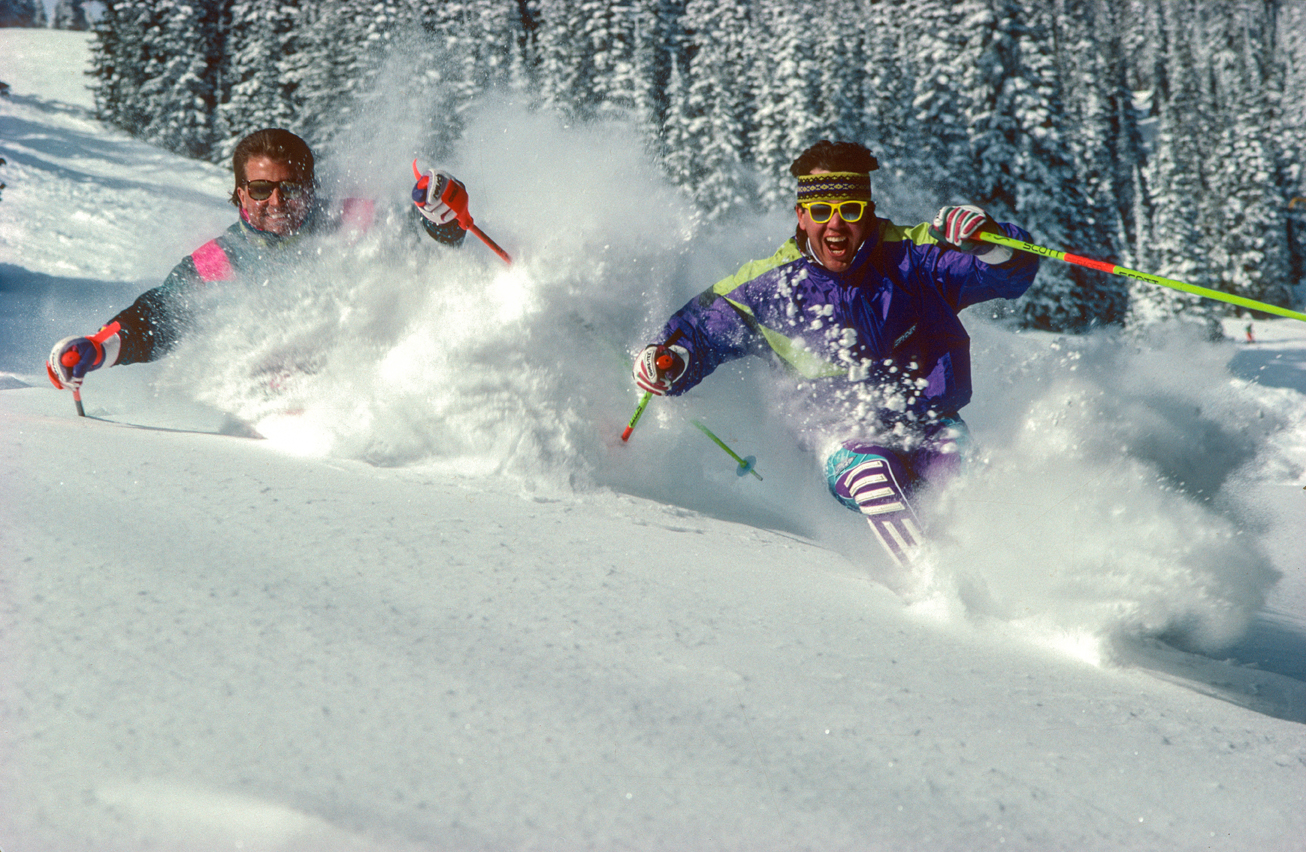
When Ski Canada Journal launched 50 years ago, the first great technological revolution was well underway: teaching novices using “short” skis and “safety release” bindings. The entire snowplow-stem christie-parallel process that caused enormous frustration and seemed to be accompanied with more than a few broken legs, was mercifully abandoned, and at some schools beginners went through a progression known as the Graduated Length Method. Ski schools began offering “guarantees” that beginners would “Ski the Cut” at the end of their program.
Needless to say, ski schools became enormous profit centres for resorts and their directors were legendary: Ernie McCulloch at Mont Tremblant and later Blue Mountain, Jim McConkey at Whistler, André Schwarz and Mike Wiegele at Lake Louise and later, Don and Heather Bilodeau at Panorama.
Most rental shops abandoned the “short-medium-long” ski formula, and sizing for novices gradually moderated to clavicle-length, a far cry from the days when skiers raised their hands and selected a length that went to the base of the wrist.
Hot dog or freestyle skiers started taking short skis into the bumps, which enabled a rapid-fire, knee-pumping, swivelling technique punctuated by daffies, spread-eagles and mule-kicks. As snowmaking and slope-grooming greatly improved predictability of the surface and terrain, skiers began concentrating on properly carving their skis—a technique that rapidly became enabled by the introduction of parabolic or “shaped” skis in the mid-’90s with an exaggerated tip-waist-tail profile.
Carving skis had limits in off-piste snow conditions, and ski manufacturers looked to fat skis, like the Atomic Powder Plus, to make powder skiing easier. Combined with the unique—and heretical to some skiers—rocker profile, mid-fat (90mm), fat (105mm) and powder fat (115 plus) skis came to dominate the market.
The Whistler-based husband and wife team of Peter Smart and Jill Dunnigan started Extremely Canadian—an entirely new ski-teaching experience that promoted “mind over matter,” especially on steep, ungroomed terrain. EC coaches were early adopters of wide-ride skis like the Rossignol Bandit XXX and, later, the game-changing Soul 7/Super 7 powder boards. The wider platform underfoot combined with a flat or reverse-camber flex that allowed for what became known as slarve technique—a high-speed, GS-style turn that favoured an edgeless, exaggerated smear-style turn to control speed.
Advanced and expert technique for the most part is still largely self-taught through trial and error, which certainly burns the eyes of top-level certified instructors. Meanwhile, the rest of us not in the CSIA brethren thought that as long as everyone’s having fun, what’s the harm?
by IAN MERRINGER and STEVEN THRENDYLE
Ski Canada @ 50 – World Beaters
Ski Canada @ 50 – Canadian Badasses
Ski Canada @ 50 – 50 Years of Equipment Evolution
Ski Canada @ 50 – Rise of the Four-Season Destination Ski Resort
Ski Canada @ 50 – Style Icons; Canadian Classics
Ski Canada @ 50 – Shooting the PM
Articles from Ski Canada @ 50 will post over the next few weeks
